The brainchild of Hublot CEO Ricardo Guadalupe and the late graphic artist designer Pierre Keller – credited with turning the Lausanne University of Art & Design into one of the most influential design schools in the world – the Hublot Design Prize was created in 2015 to celebrate the ten-year anniversary of the launch of the iconic Big Bang model and highlights the work of the designers of tomorrow. As such, the Hublot Design Prize aims to provide an accomplished designer with a platform to launch and increase the exposure of their work and further advance their career.
In this, its seventh year, Hublot, which has a history of exploring the boundaries of design, chose the eight finalists to its design prize from a whole range of disciplines. These exceptionally talented young designers were selected by an independent jury and then presented to the judging panel: Hans Ulrich Obrist, artistic director of the Serpentine Galleries; Marva Griffin, the founder of the design fair SaloneSatellite; the design critic and author Alice Rawsthorn; and Samuel Ross, who won the award in 2019. The event to announce the winners took place last week in London, at the Serpentine Gallery. This year’s eight finalists were:
Connor Cook: is a Netherlands-based designer from California who has developed a practice of computational performance, transforming the technical operations of computer game engines into live, interactive audio-visual experiences that bring an affective, visceral dimension to the emotionally sterile world of machines.
Maya Bird-Murphy: designer, educator, founder and executive director of Chicago Mobile Makers, an award-winning non-profit organisation bringing design and skill-building workshops to underrepresented communities in the hope of helping to make the world a more equitable place to live.
Hiroto Yoshizoe: his strong background in spatial design was mostly developed working at Japan’s largest architectural design company, where he was involved in over 300 projects for urban development and commercial spaces. His innovative designs are inspired by primitive elements and natural phenomena.
Kusheda Mensah: Born and raised in Peckham with Ghanaian roots, Kusheda’s debut collection, Mutual at Salone Satellite 21, encouraged social interaction in the age of social media. She creates responsive and reactive design through her studio, Modular by Mensah.
Nifemi Marcus-Bello: this Nigeria-based industrial designer is known for his community-led, ethnographic-conscious design approach that pursues new forms and typologies. In 2017, he founded his eponymous design studio focusing on furniture, product and installation design.
Luigi Alberto Cippini: is an architect and a curator who founded the European architecture practice Armature Globale. As a curator, he has developed research shows and screening programmes such as BE5K Confinement at the Fondazione Prada in 2016 and Sturm&Drang at the Fondazione Prada Osservatorio in 2021.

Sasha Anisimova is trying to convey the feelings of her war-devastated country through her illustrations.
Sasha Anisimova: born and raised in Kharkiv, Ukraine, before the war Sasha was working as a graphic designer and illustrator, often creating representations of joyous moments in life. Now she has to imagine these scenes, drawing outlines of happy families against the background of the devastation caused by the war. “My career as an illustrator started with Covid. I began to draw family situations in a very colourful way,” she explains, “It was about emotions. I didn’t draw faces but scenes that expressed those emotions, such as a playing guitar, or a care card, so everyone could understand the feeling behind. I wanted to represent that, even if Covid forced people to be apart, we were together in our feelings.”
With the war, Sasha was determined to do the same, to represent people’s feelings. “We have lost our lives, our everyday activities, our livelihoods… I don’t think the international community can understand even if we feel its support.” Probably she is right. Back in February she woke up one day to her building shaking as a leaf because of a Russian attack. She had to abandon her home, she had to leave her life behind. Just attending the Hublot Design Awards was a challenge in itself. Sasha travelled from her home in Kharkiv to Warsaw by bus before being able to fly to London. This has been her first trip to Britain. She told me that what matters the most to her and to the rest of the Ukranians is that the rest of the world believes them.
“Buildings in ruins are horrible, but they are empty. I wanted to show the kind of life they once had inside.”
– Sasha Anisimova

Sasha’s work shows the struggle of the Ukranian people and their resiliance. Gone are the happy illustrations, the scenes by the sea and the pictures with her dog. “Now I am drawing everything we lost,” she shares, “and feelings we didn’t realise how important they were, like being safe, or being able to decide where your home is.” She started to post her new drawings on Instagram in March and the response was overwhelming. “We want the rest of the world to know what we are going through and for that, maybe my drawings, with their simple lines are easier to understand. But this is not about my illustrations anymore, it is about my country.”
Sun Xiaoxi: a graphic designer from Beijing who co-founded design studio PAY2PLAY. From magazines to packaging, exhibitions to art projects, his works integrate traditional Chinese typography with contemporary designs that experiment with new materials and forms.
Walking around the Serpentine Gallery observing the work of these young and ambitious designers I realised how truly diverse were the fields that Hublot had looked at this year. Ricardo Guadalupe, Hublot’s CEO, commented: “They are an inspiration to everything we do at Hublot, and we wish them all every success in the future.”
To make this Award even more thrilling, Philippe Tardivel, CMO at Hublot, announced that for the first time, that all eight finalists would get CHF5,000 and the artists awarded the newly formed Pierre Keller Award, CHF10,000 each. Anybody who knows a bit about the world of the arts would know that young artists and designers are famously skint and that even getting materials to bring their ideas to reality can be a big issue. No wonder the room burst into a spontaneous applause as Philippe announced the good news. “We realised that for the designers, it is a big effort to come here and to be a finalist,” he explained, “they have to spend time and resources to submit top quality works to the Hublot Design Award, so we thought it was important to give them the means that would encourage and enable young designers to make their ideas a reality.”
“I wanted to create a very accessible entry point to the world of design…”
– Maya Bird-Murphy

One of the runners-up and co-recipient of the Pierre Keller Award was Maya Bird-Murphy came in third place. Maya is a great believer in opening the arms of the design world to include more people and perspectives through teaching and community engagement, hence her Chicago Mobile Makers programme. Maya has an architectural background. Very early in her career she realised that there was hardly any diversity in this field, that there were many people who didn’t even know what architecture means. “I wanted to create a very accessible entry point to the world of design in general, and that’s how I ended up in a van visiting different communities, talking about design and encouraging children and adults to get involved.” After five years of hustling and having to do multiple jobs, the Pierre Keller brings Maya much-deserved validation and gives her the chance to invest in more inclusive and diverse projects. “I want to help others to start their own practices.”
The other runner-up, sharing the Pierre Keller Award with Maya was Connor Cook, who had literally graduated the day before from his masters. I was fascinated by his work. He attempts to inhabit the machine and rework it from the inside out in order to challenge the naturalized despotism of technological systems. His staging reminded me of the emergence of performance art in the German Democratic Republic in the 1980s. Philippe said about Connor: “We [Hublot] wanted to encourage him to keep working in the field he has chosen, where the technical element combines with his creativity and intellectual thinking to drive design into the future. He is a visionary.”
“I want to demystify these things [machines] and remind people that they are created by humans.”
– Connor Cook
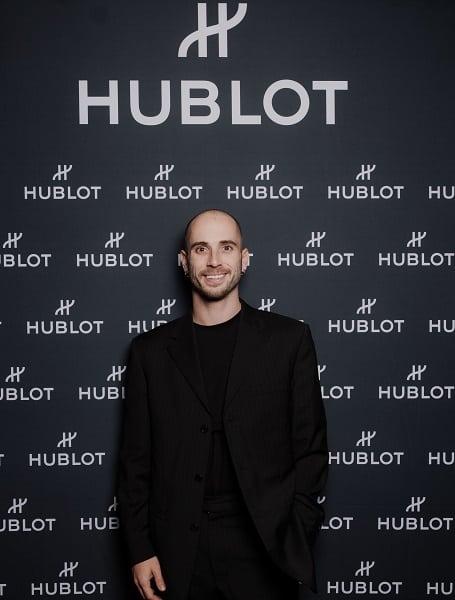
Connor thinks that increasingly, we are seeing technology and “machines” as incomprehensible things, giving them almost god status. “This perception is exacerbated by the difficult language that is normally used to describe anything related to artificial intelligence. I want to demystify these things and remind people that they are created by humans. I turn them inside out, put them to uses that were not mean for them.” In order to do that, Connor creates platforms of mixed reality with live performances in which he uses his body to control screens and sounds, creating an immersive environment that resembles the videogame world.
Watch Connor Cook perform:
The coveted Hublot Design Award, which includes CHF80,000 in prize money went to Nifemi Marcus-Bello, whose expression as his name was announced revealed his genuine surprise as having earned the title of winner of the Hublot Design Prize 2022. The jury had a very hard time picking just one winner. Samuel explained how they finally decided: “Nifemi’s work brings together hard skill and craft in a way quite close to engineering, traversing nations, continents and cityscapes, with community and human interaction at the heart of it”. The coveted Hublot Design Award, which includes CHF80,000 in prize money went to Nifemi Marcus-Bello, whose expression as his name was announced revealed his genuine surprise as having earned the title of winner of the Hublot Design Prize 2022. The jury had a very hard time picking just one winner. Samuel explained how they finally decided: “Nifemi’s work brings together hard skill and craft in a way quite close to engineering, traversing nations, continents and cityscapes, with community and human interaction at the heart of it”.

Nigerian-born designer Nifemi Marcus-Bello won for his work that results in new forms and typologies centring around community needs.
Nifemi dedicated the award to all the people he has collaborated with, both in the past and in his current practice. At present, he is involved in what his mural at the Serpentine Gallery described as a “self-imposed project”. When asked what this meant, he replied: “As a designer, I am currently having many more questions than answers so what I am trying to do right now is to find some of those answers. For example, what is contemporary African design? In order to find out, I am finding design objects, products from everyday life that are produced out of necessity, across the continent and documenting them. I am imposing that task on myself.”
The creativity and commitment of these young designers truly impressed me. This year they received the highest-calibre entries from across the world, an indication of Hublot’s reputation and commitment to its role as promoters of emerging talent in the field of design. Philippe explained, “The existence of Hublot is based on design. Design is creativity and we need to nourish the desire to come into this world, which is very much the world of Hublot.”
Words: Julia Pasarón







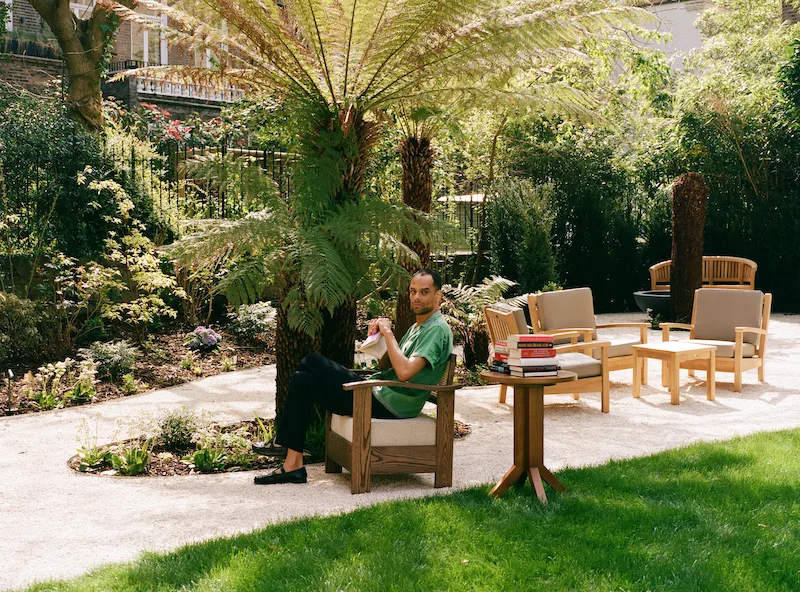

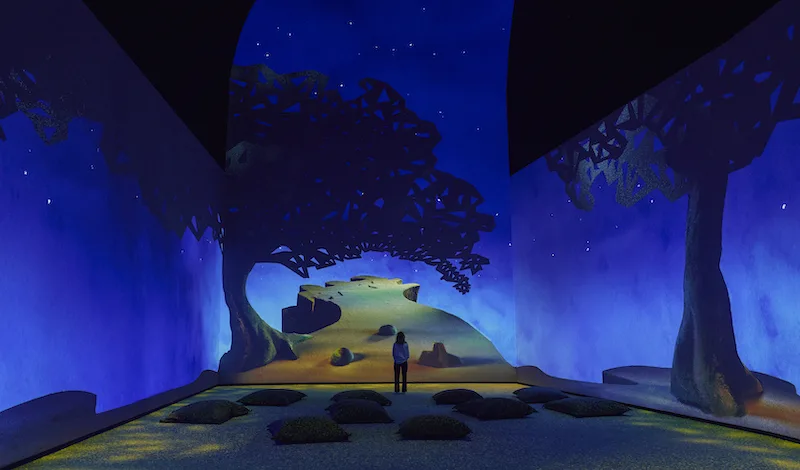


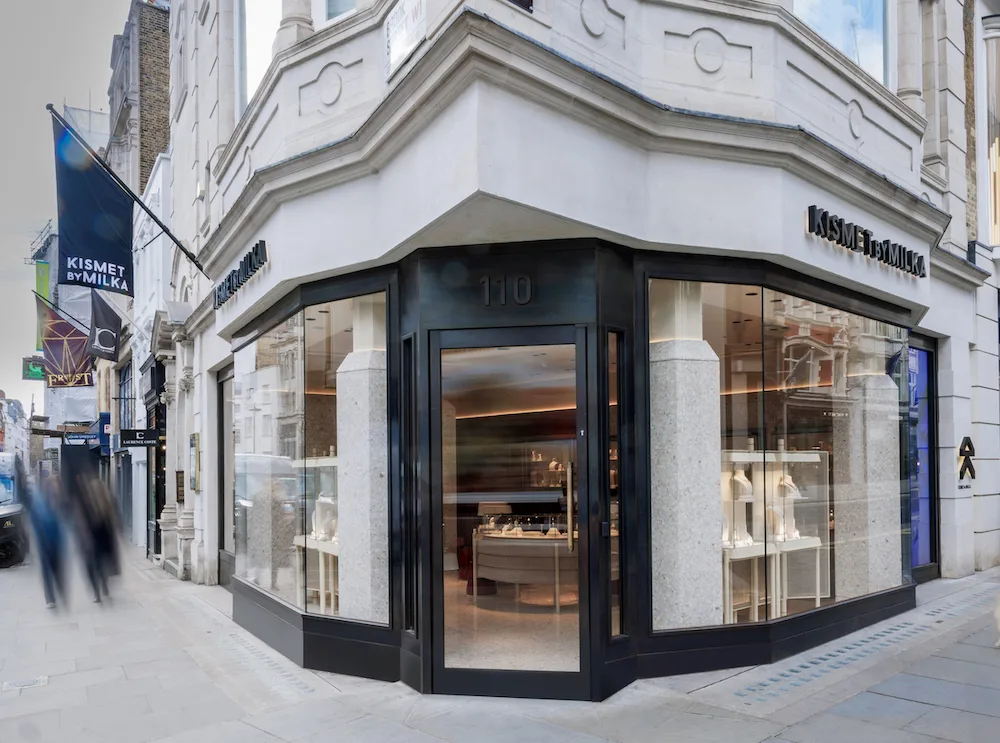
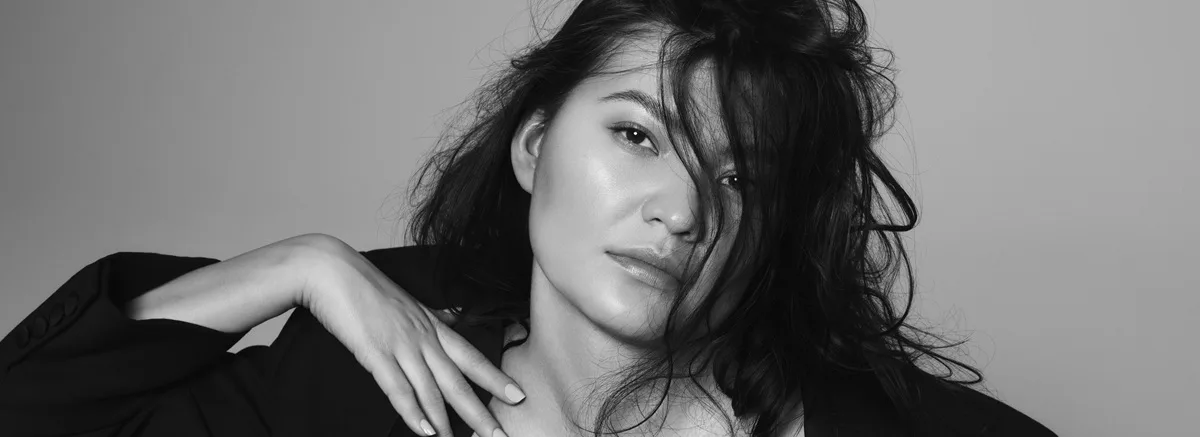



Show Comments +